Every car has these dashboard warning lights.

The best way to know if there is a problem within a car’s system is to observe the dashboard warning lights. Of course not all the dashboard lights are warning lights. Others are meant to serve different purposes. But all of them aim at communicating to the driver concerning the vehicle’s systems.
Dashboard warning lights will not show the exact cause of the system’s problems. Instead, they will generally show where the problem is coming from so that you can investigate it further. For example, the “reduced engine power” warning light indicates that the engine’s acceleration capacity has gone down. But it doesn’t tell the driver what is causing this to happen.
Dashboard lights are grouped into these classes;
- Warning lights.
- Safety lights.
- Lighting dashboard lights.
It’s possible that the dashboard lights icons will vary from one car model to another. Though this is true, there are dashboard warning lights that are common for all cars. In fact, the dashboard “warning lights” icons that represent normal issues within the car’s system are mostly similar.
The difference comes about in terms of the onboard computer’s programming. The different car manufacturers program their computers differently to display unique icons that communicate to the driver.
The common dashboard warning lights.
Warning lights icons on the dashboard are usually displayed to provide a signal that something is wrong. Hence the reason they fall under the warning category.
1. Battery charge warning light.
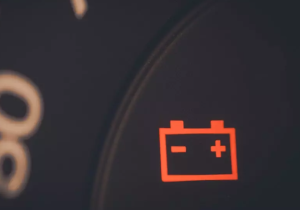
This is another dashboard warning ight confuses most drivers and it appears when something is totally wrong within the car’s electric system. Well, at times something may go wrong within the car electrical system and this could cause a system’s shut down. Hence the reason why the car doesn’t start sometimes.
This error is mostly based on the charging side of the engine electric system. In order to start the car, the battery has to supply sufficient amounts of electric volts to the spark plug. These volts ignite the fuel and air mixture in the combustion chamber. Now if the battery is not recharged by the alternator belt it will die. So, the car’s electric system relies on the battery and the alternator.
2. Check engine dashboard warning lights.
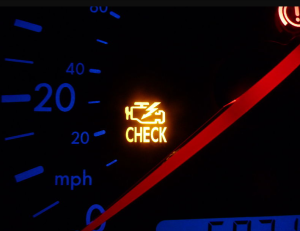
This is one of the most common warning lights that is shared by all cars. The check engine warning icon is programmed into most onboard computer looking like a car’s engine. Hence the reason that this warning light is easy to recognize.
Sometimes this icon may show up yet the car feels like it’s driving normally. That could be an issue with one of the sensors within the system. Though there are various reasons that could cause this warning light to show up. Hence the reason why you need to have the car checked out.
3. Oil pressure warning light.
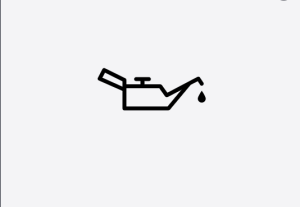
This warning light is aimed at showing that the level of lubrication within the engine is down. In fact, it doesn’t show why there is a reduction in lubrication levels.
It could be that there isn’t sufficient amounts of oil within the oil tank. Alternatively, there could be a problem with the oil pump. Hence reducing the amount of power circulating throughout the engine.
Further, excess oil in the engine could be signaled by this warning light. As much as insufficient amounts of oil could damage the engine, the same applies to excessive amounts of oil. Don’t drive further if this warning light is on. Start by investigating leakages by checking for a puddle under the car and the puddle’s colour to see if it’s oil.
4. Brake system warning light.
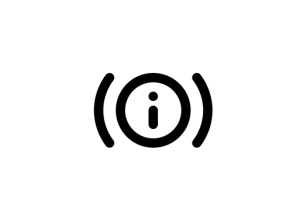
This warning light usually indicates that the parking brake has been engaged. This icon varies from one model to another whereby the icon could have a “P” in the place of the exclamation mark. Once you disengage the parking brake this light is supposed to disappear.
But, if the light stays on there is an issue with the break system. It could mean loss of brake fluid pressure within the brake system. Additionally, it could mean that there is an issue of low brake fluid. If this dashboard warning light appears as you’re driving, please stop the car and call for help.
Further, this warning could point you to the brake pad wear sensor. This is not a common sensor but if your car is modern enough, it probably has this sensor integrated into the breaking system.
5. Engine temperature warning light.
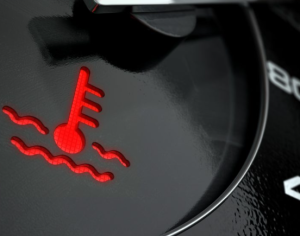
This warning light appears in two colors which are green and red. If there isn’t sufficient amounts of engine coolant within the engine this light will come on. Secondly, if this light comes on while you’re driving, it means that you need to park the car immediately. Otherwise, your vehicle is about to overheat and white steam will be coming from the engine chamber and exhaust pipes.
Sometimes this warning light appears when you start the car. At this point in time it is usually red in color. After a few seconds it will turn green, meaning that the engine coolant has circulated around the engine body. It is a signal that it is safe to drive off.




